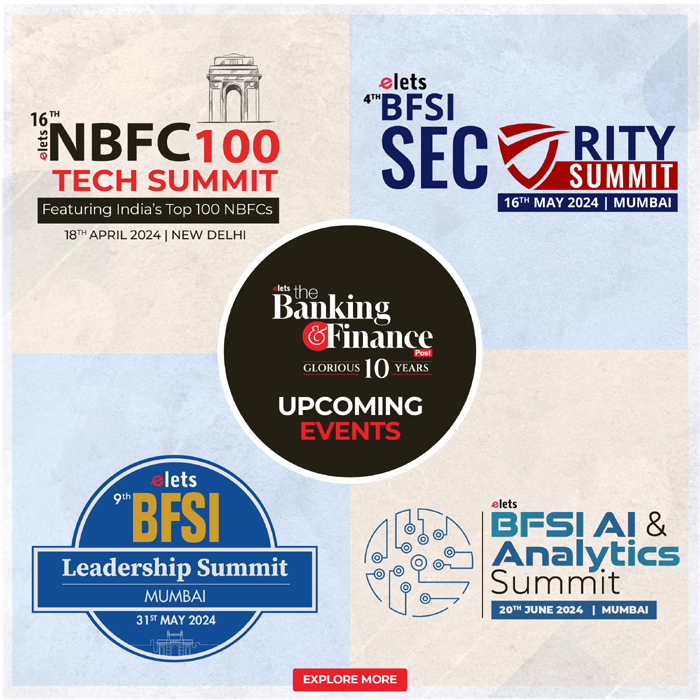According to an Accenture Research report, 77 percent of European banks, 72 percent of North American banks, and 61 percent of Asian banks plan to invest up to $20 million in the next few years to offer API products to commercial/corporate clients. Thus, it is evident that open banking is a win-win for corporates and customers as business goals are met and customer satisfaction is achieved while staying up to date on the latest technological trends.
Several NBFCs and fintech players have joined the open banking API bandwagon along with banks, while the global leaders are setting benchmarks in terms of API innovations for both large and mid-sized corporations. Currently, India has a hybrid model that makes the open banking initiative neither market nor regulation-driven. There is a healthy mix where the market and government come together in an active role.
Thus, banks and fintech are coming together to facilitate the exchange of data to offer better services to the customers. Let’s dive directly into the offerings of the industry leaders:
Kotak Mahindra
Kotak Mahindra launched its open banking platform in November 2019 for fintech and developers. This collaboration offers better financial services for specific needs such as lending and payment products. One of the groundbreaking features of this API is the lead generation system for new loan applications and fund management. This feature allows management to focus on core banking without worrying about the backend. As a security measure, collaborators must register themselves on the Kotak API. The initiative is spearheaded by its ABCD charter that ensures smooth functioning of the API enriched app, biometric-enabled branches, context-based customer experiences, and data-backed UX/UI.
Also Read: What are the top challenges for Open Banking Regulators?
HDFC Bank
HDFC Bank API portal was first launched in December 2019 that focused on providing internal services to fintech, corporates, financial aggregators, and start-ups. Since then, the HDFC Bank Public API Portal has grown by 142 APIs for a wide variety of domains including payments, customer servicing, and new customer sourcing.
The main aim of HDFC bank has been to give more power to developers to build apps based on the API. Thus, to begin, third-party providers must add an application to get a unique API key. The portal assigns a unique API key to registered applications to access and test APIs. Similar to the sandboxing technique, the portal also provides real-time analytics feature to monitor usage and efficiency.
An example of this is the ‘Aadhaar Vault – Reference Key’ that allows cross-referencing of the Aadhaar numbers stored in HDFC’s repository.
ICICI Bank
The ICICI API Developer Portal is a suite of 250 APIs that bring together businesses, fintech, corporates, and e-commerce start-ups on a single platform. One of its key focuses was to decrease the processing time for seamless integration of third parties’ applications. The API portal enables payments and collections through IMPS, UPI payment/collection, accounts and deposits, cards and loans. The solutions are first tested on a sandbox environment, upgraded to a UAT environment, and tested in real-time end-to-end. The final approval happens within a few days after signing an NDA with the bank, thereby enabling a smooth API workflow – from solution to final production.
Views expressed in this article are the personal opinion of Satyajit Kanekar, Co-founder & CEO, Mobileware Technologies.
Elets The Banking and Finance Post Magazine has carved out a niche for itself in the crowded market with exclusive & unique content. Get in-depth insights on trend-setting innovations & transformation in the BFSI sector. Best offers for Print + Digital issues! Subscribe here➔ www.eletsonline.com/subscription/




















